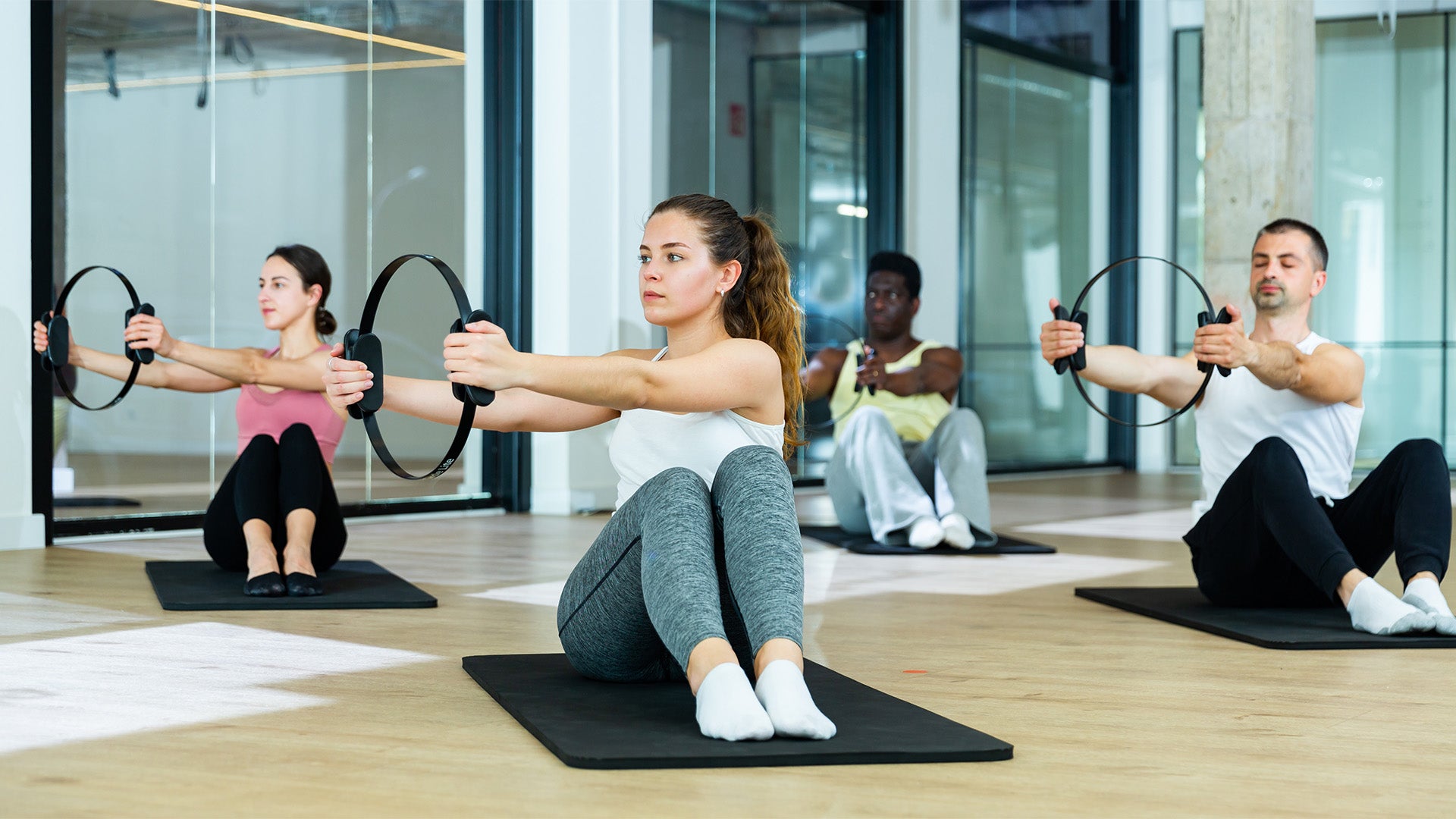The Durability Code: Speede For Performance Rehab And Reconditioning
“You’re never just doing rehab or performance…you’re always doing both.” -Rehab Specialist and Functional Neurologist, Garrett Salpeter
For physical therapists, osteopaths, and training staffs in general, the post-rehab phase or gap between rehab and return to function is a critical window to hone in on for performance and durability.
Many in space agree that without proper attention, oftentimes this critical gap doesn’t get addressed in a holistic (or panoramic) capacity when it comes to training. Many times, athletes are left without having fully developed the necessary qualities needed to be game-ready and to prevent the chance of re-injury.
Speede offers options to help bridge this gap so athletes can be better than new when the time comes to get back on the court, field, cage, or life in general.
Healing Through Strength
If rehab and performance is based on a structure - function - energy model, Speede can help improve all three!
Eccentric, isometric and isokinetic training help improve tissue quality via supporting the organization of scar tissue, stimulating collagen production to support connective tissues, improving the flow of nutrients due to the metabolic stress demands, and more.
Isometric training, isokinetic training, and eccentric training also are all fantastic methods for improving the dialogue between nervous and musculoskeletal systems. Better neural volley means better innervation of the muscle fibers, better protective co-contractions around joints, and better overall recruitment strategies to both tolerate and produce force.
Additionally, the full body recruitment needed to address the unique load stimulus also can translate to better proprioceptive sensory awareness for better body control.
Lastly, as has been discussed in contrast training or post-activation potentiation, the intent to move fast is the key element of training power production.
If you’ve ever been on Speede, you know it’s almost like unstoppable force meets immovable object. The max intent the unique resistance helps stimulate is critical for regaining strength and power production capabilities during the rehab process so athletes can fully express their neural capabilities.
Those familiar with the strength curve will understand that between it’s multiple modes, Speede is able to address more areas of the curve to fill strength deficits. Addressing these different types of functional strength is paramount for both performance and injury recovery. Speede pulls off all of this in a safe, scalable manner.

All-Levels & Time Demands
Speaking of scalable, Speede is an all-levels training technology. With its unique features, Speede is able to adapt to where the athlete is at in the rehab process to take them where they need to go. The unique adaptive stimulus of the machine in isokinetic mode means that whatever output the athlete puts into the machine is correspondingly matched. This means that as the athlete has less strength initially, Speede can adapt. Later on as the athlete gets stronger? No problem. It adapts so you’re always progressing throughout recovery.
As a practitioner, you’re able to fully challenge the affected areas in a safe way.
Getting on a well-designed reconditioning program has been demonstrated to significantly shorten injury recovery times. With Speede and its many features, we’re not only able to address that, but also lap recovery times by ensuring athletes get more out of every rep.
What does that look like?
Well, our unique isokinetic mode prevents any and all cheating by matching your resistance throughout the full range of motion. This full range intensity means that one rep on Speede is like multiple reps on a traditional exercise.
The net effect is going full throttle on the gas to shorten recovery times while not shortchanging the recovery process.
Less volume and scalable challenges in training means more energy saved for clients, as well.
On that note, Speede also helps your clients check in on where they’re at in this process. Our unique software helps users know exactly how strong they are in realtime and throughout the reconditioning phase. This way regaining strength during rehab can be as data-driven and quantifiable as possible.
Takeaways
Isometric, eccentric, isokinetic, and isotonic strength training can help us as professionals better address the different functional strength qualities, tissue quality, and overall development needed to address the gap between rehab and return to play. Speede can help you find that balance and save time without shortchanging results.



